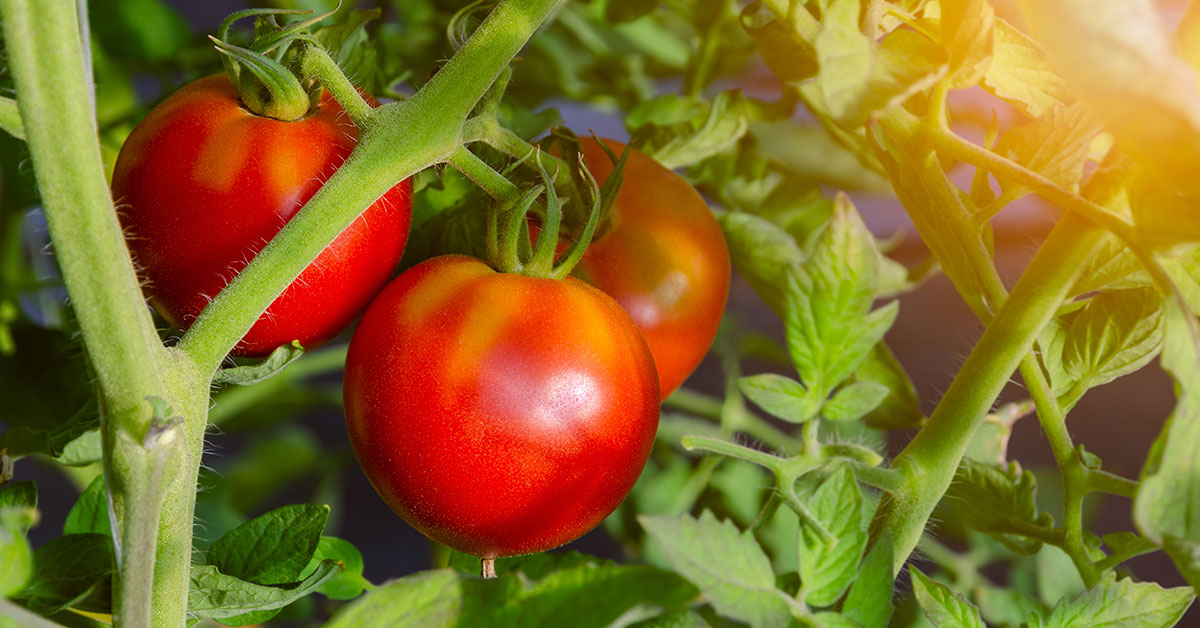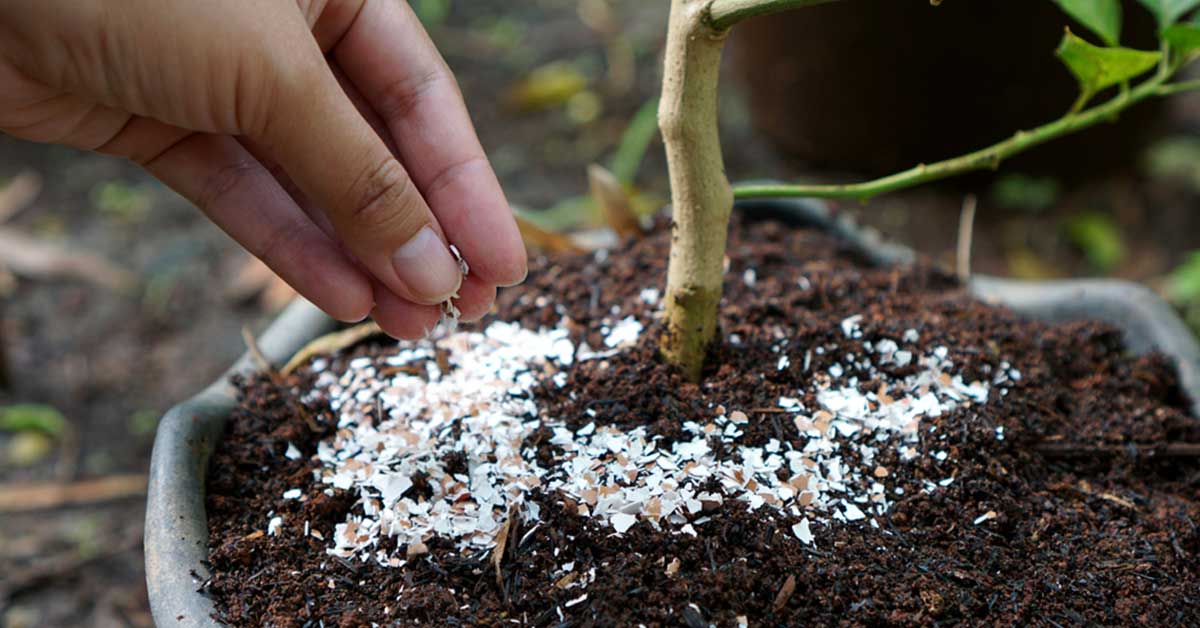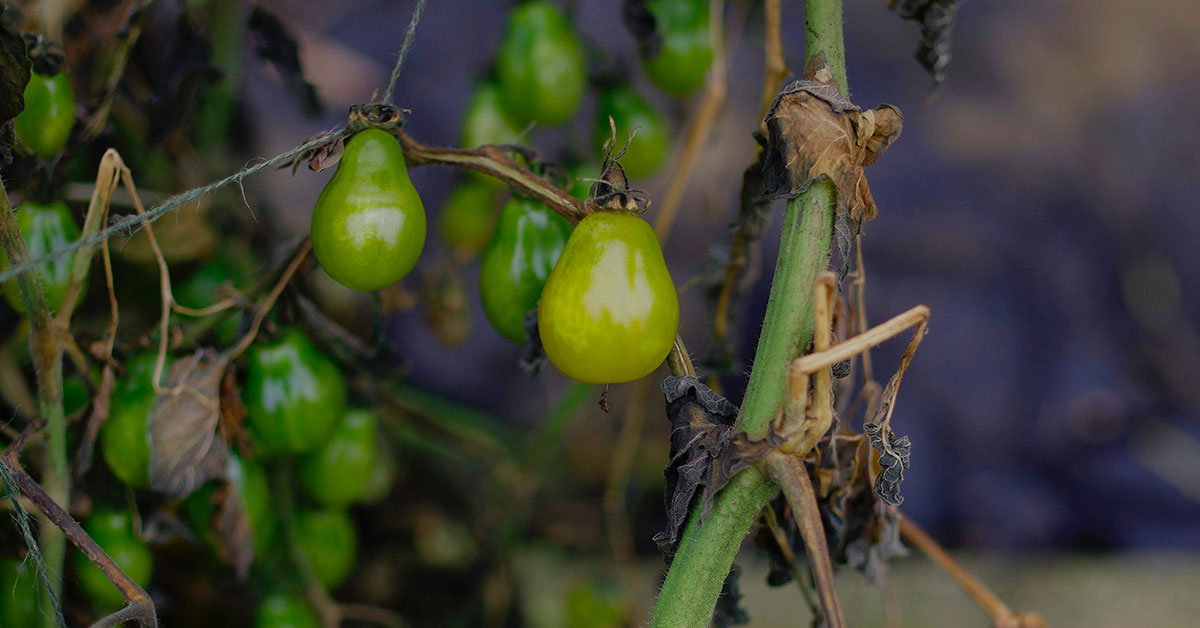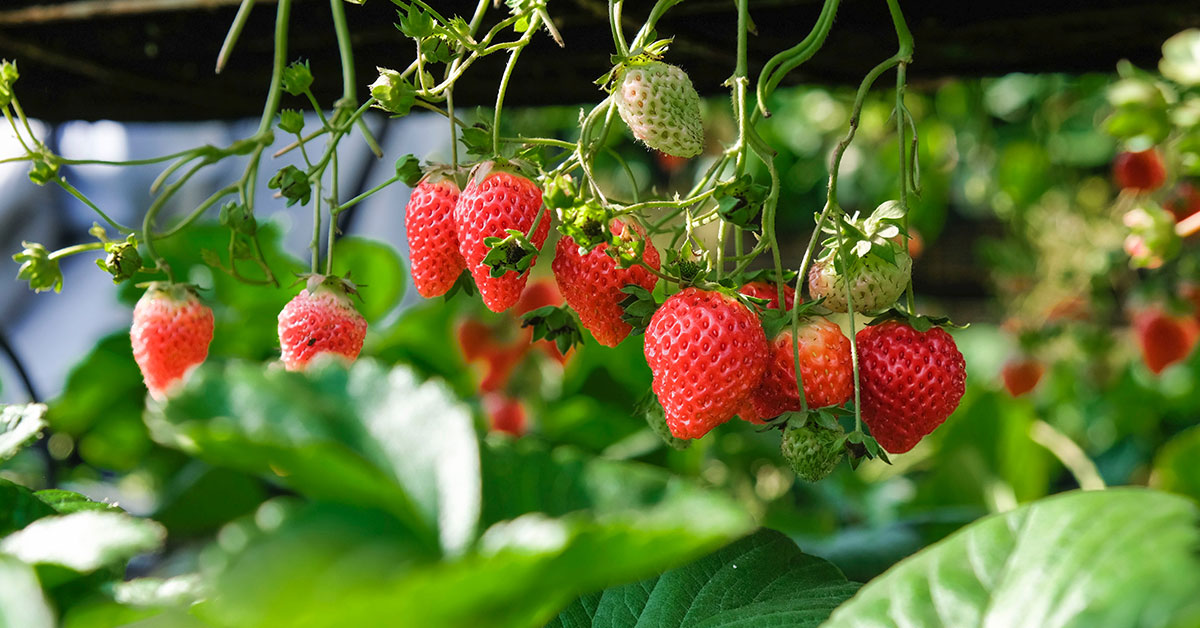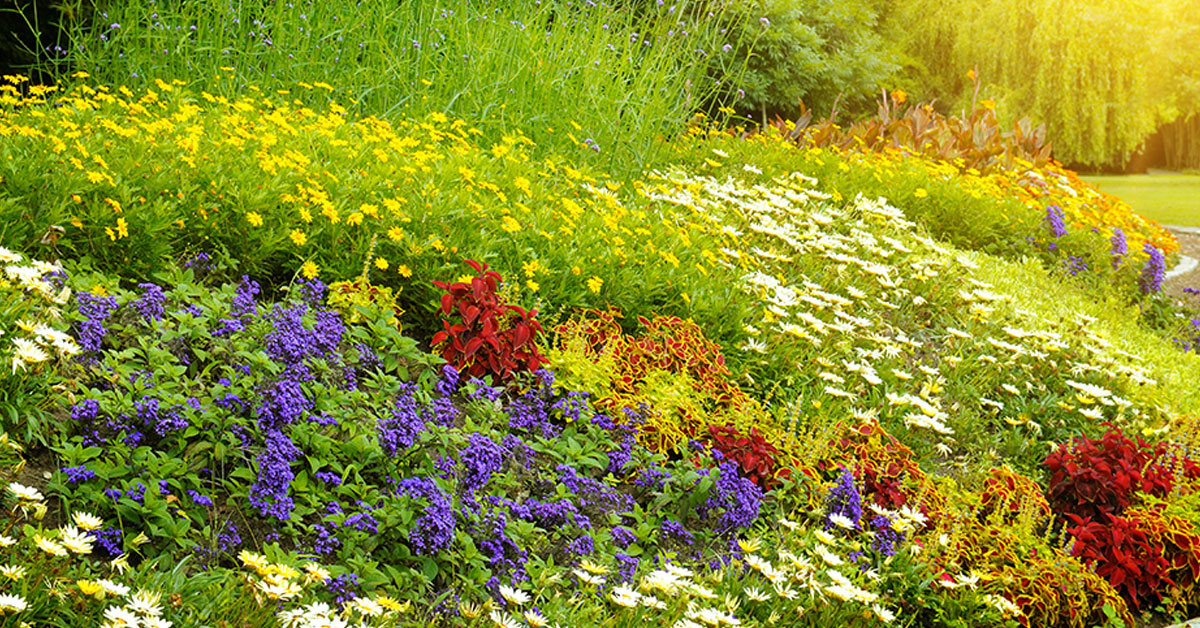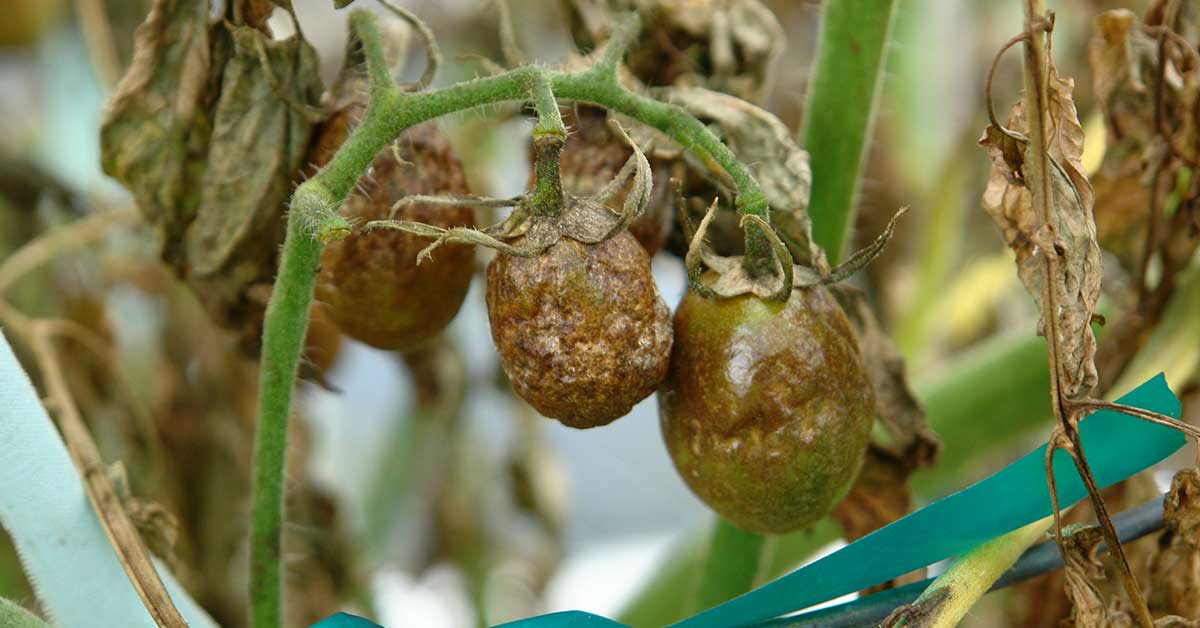Creating a vibrant flower garden is a joy for any gardener, but it’s essential to ensure that our gardening practices support the well-being of pollinators like bees, butterflies, and other beneficial insects. Unfortunately, some common mistakes can inadvertently harm these crucial creatures, leading to a decline in their populations. As a gardener who loves to see these pollinators thrive, I’m excited to share how to avoid these pitfalls and create a pollinator-friendly garden!
In this article, we’ll explore ten common flower garden mistakes that can negatively impact pollinators and provide practical solutions to avoid or fix them. By making a few adjustments, you can ensure your garden not only flourishes but also supports the health and diversity of pollinators. Let’s dive in and make your garden a haven for these essential insects!
Using Pesticides
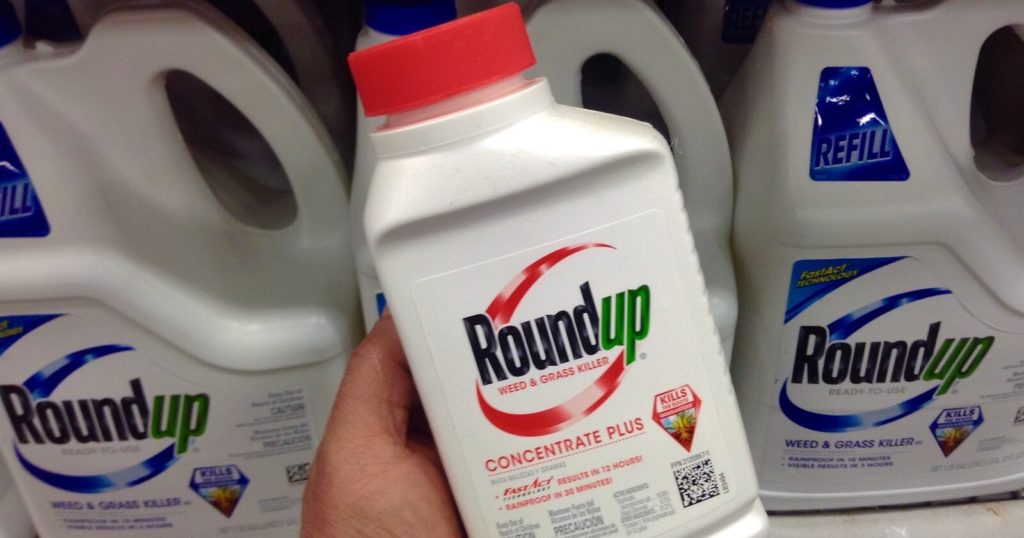
Pesticides, even those labeled as safe for gardens, can be highly toxic to pollinators. These chemicals can kill beneficial insects directly or contaminate nectar and pollen, leading to long-term health issues for pollinators. Overuse of pesticides can decimate local pollinator populations and disrupt the delicate balance of your garden ecosystem.
To avoid harming pollinators, adopt integrated pest management (IPM) practices. Use natural pest control methods, such as introducing beneficial insects, hand-picking pests, and using organic solutions like neem oil or insecticidal soap. Encourage a diverse plant population to naturally deter pests and create a balanced environment that supports healthy pollinator populations.
Planting Non-Native Species
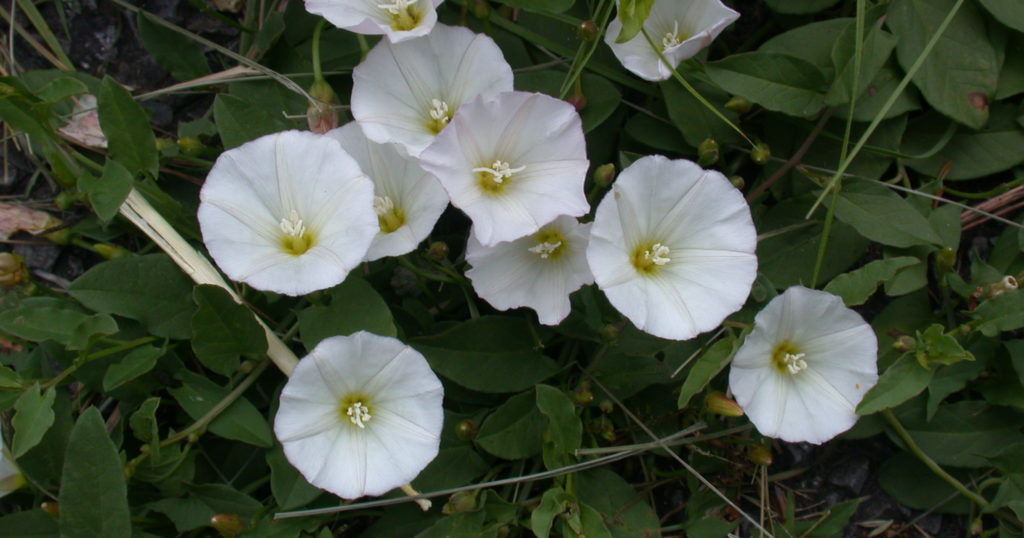
Non-native plant species can disrupt local ecosystems and provide little benefit to native pollinators. Many non-native flowers do not produce the type of nectar and pollen that local pollinators need, leading to a decline in their health and numbers. Additionally, some non-native plants can become invasive, further displacing beneficial native species.
Focus on planting native flowers that are well-suited to your local climate and soil conditions. Native plants have evolved alongside local pollinators and provide the best resources for their survival. Research and include a variety of native species to ensure continuous blooming and food supply throughout the growing season.
Monoculture Planting
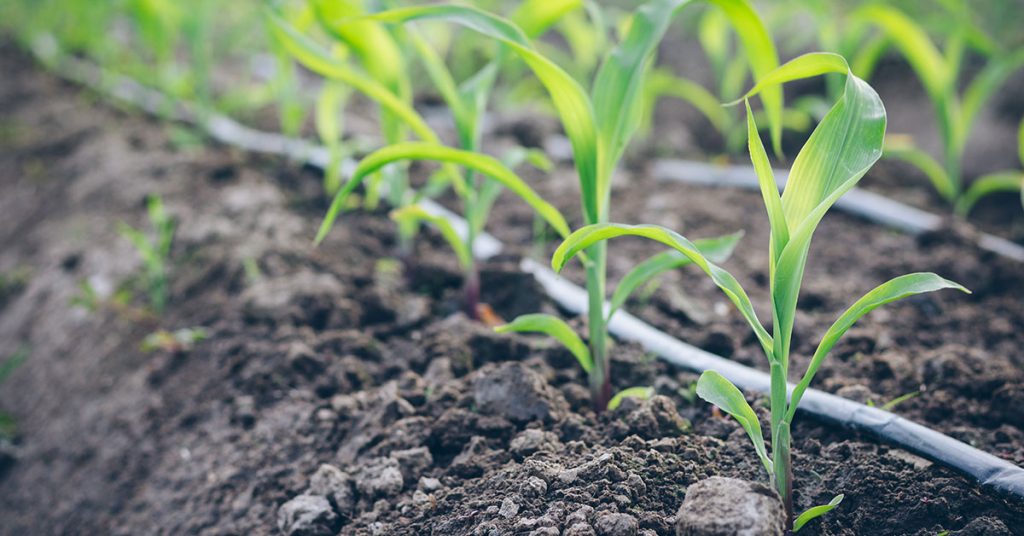
Creating a garden with only one or two types of flowers may look aesthetically pleasing but can be detrimental to pollinators. Monoculture planting limits the availability of diverse nectar and pollen sources, leading to nutritional deficiencies for pollinators. It also makes your garden more susceptible to pest and disease outbreaks.
To support pollinators, plant a diverse array of flowers that bloom at different times of the year. This provides a continuous supply of food and habitat. Mix annuals, perennials, and flowering shrubs to create a rich tapestry of colors and textures that will attract and sustain a wide range of pollinators.
Over-Mowing
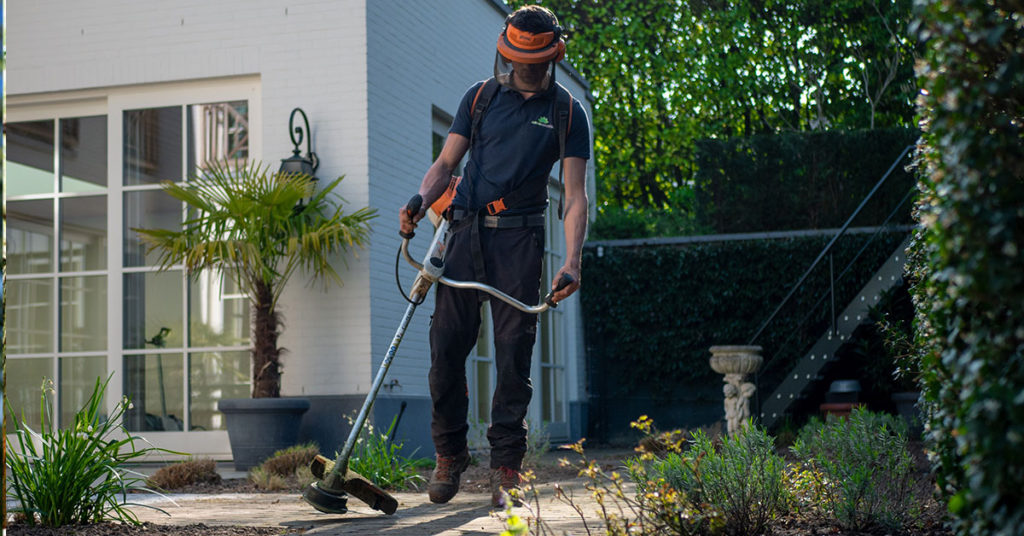
Over-mowing your garden or lawn can destroy important pollinator habitats. Many beneficial insects, including bees and butterflies, rely on tall grasses and wildflowers for nesting sites and food sources. Over-mowing reduces the availability of these critical resources and can drive pollinators away from your garden.
Allow sections of your garden or lawn to grow wild, providing natural habitats for pollinators. Leave patches of wildflowers and native grasses uncut, or create designated pollinator-friendly areas where mowing is minimal. These wild spaces can become vibrant havens for pollinators, supporting their health and numbers.
Neglecting Water Sources
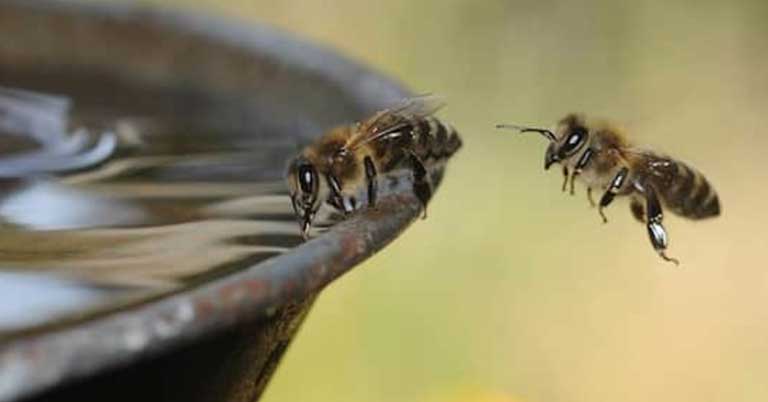
Pollinators need access to clean water for drinking and cooling. Without a reliable water source, they may become dehydrated or suffer from heat stress, reducing their ability to forage and thrive. Neglecting to provide water can make your garden less attractive to pollinators.
Create a pollinator-friendly water source by adding shallow dishes, birdbaths, or small ponds with gently sloping sides. Ensure the water is fresh and free from chemicals. Adding stones or marbles to the water dish can provide safe landing spots for bees and butterflies. Regularly clean and refill these water sources to keep them inviting for pollinators.
Ignoring Habitat Needs
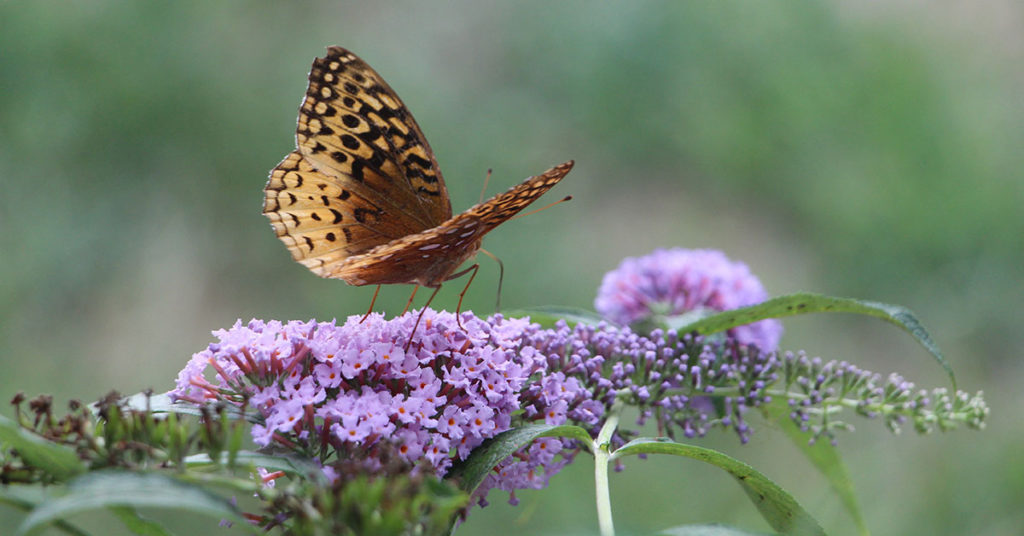
Pollinators require more than just flowers to thrive; they need suitable habitats for nesting and overwintering. Ignoring these needs can limit the presence of pollinators in your garden. Lack of nesting sites, such as bare ground for ground-nesting bees or dead wood for carpenter bees, can drive pollinators away.
Provide diverse habitats by leaving some areas of your garden undisturbed. Include features like bee hotels, piles of logs, and patches of bare soil. Planting hedgerows and allowing leaf litter to accumulate can also create ideal nesting and overwintering sites. These practices ensure that pollinators have safe places to live and reproduce.
Over-Fertilizing
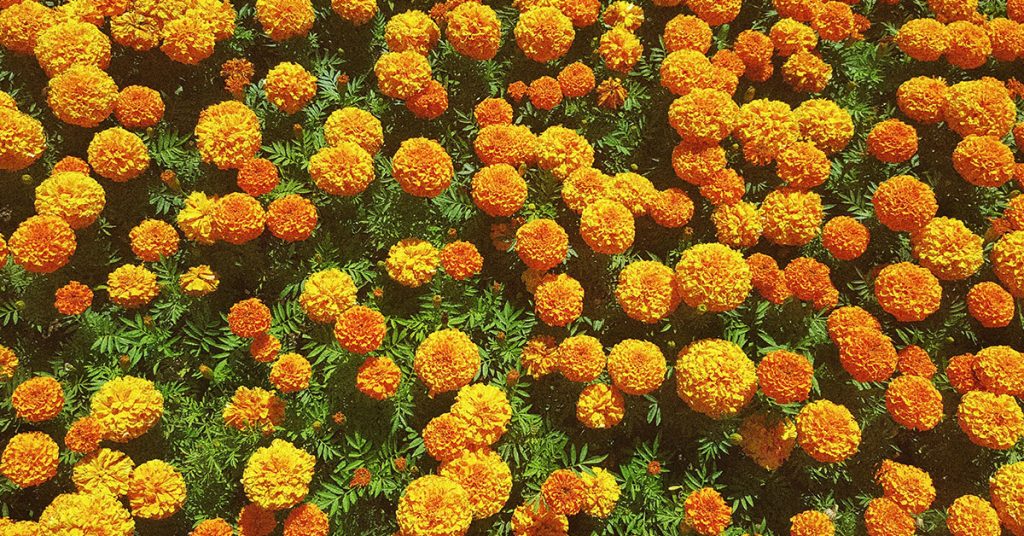
Excessive use of fertilizers can lead to nutrient imbalances that affect plant health and the quality of nectar and pollen. Over-fertilized plants may produce less nectar or nectar that is less nutritious for pollinators. High nitrogen levels can also promote lush foliage growth at the expense of flowers, reducing food sources for pollinators.
To avoid over-fertilizing, use organic fertilizers and compost to enrich your soil naturally. Follow recommended application rates and avoid applying fertilizers during peak bloom times. Regularly test your soil to monitor nutrient levels and adjust your fertilization practices accordingly. This ensures healthy plants and high-quality nectar for pollinators.
Lack of Blooming Plants
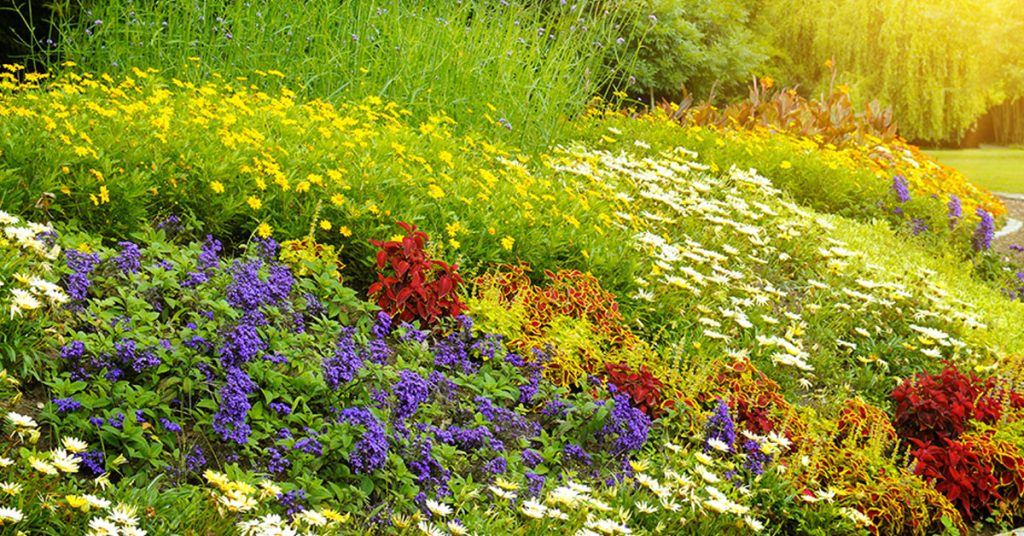
Having long periods without blooming flowers can leave pollinators without food sources. Pollinators need a continuous supply of nectar and pollen from early spring to late fall. A garden lacking blooming plants during these critical times can lead to starvation and reduced pollinator populations.
Plan your garden to include a variety of plants that bloom at different times of the year. Incorporate early spring bloomers like crocuses and late fall bloomers like asters to ensure a steady food supply. By staggering bloom times, you create a garden that supports pollinators throughout their active seasons.
Planting Hybrid Varieties
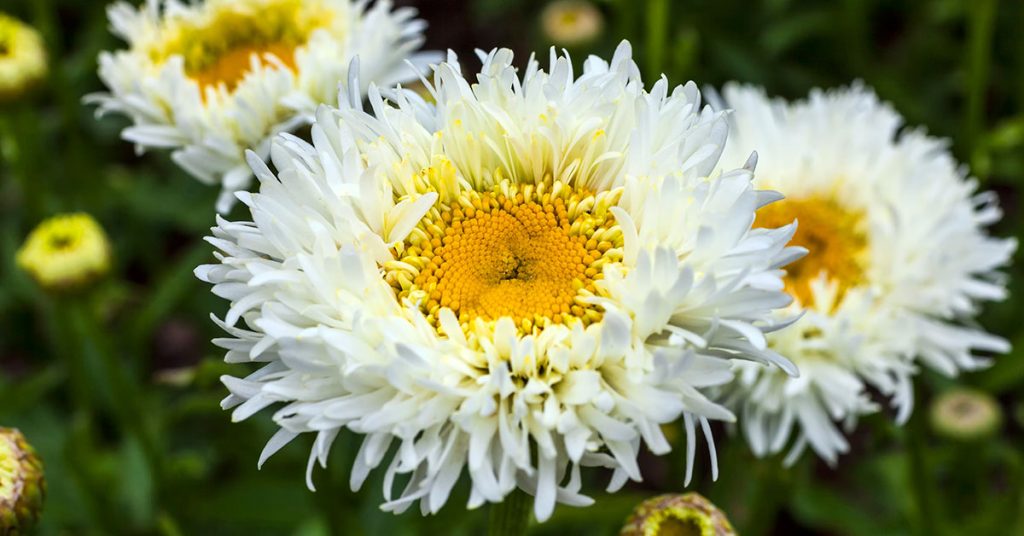
Hybrid flowers are often bred for their visual appeal, sometimes at the expense of nectar and pollen production. Many hybrid varieties produce little to no nectar or pollen, offering minimal benefits to pollinators. These plants may look beautiful but do not contribute to the well-being of pollinator populations.
Choose open-pollinated and heirloom varieties known for their high nectar and pollen content. These varieties are more likely to attract and support pollinators. Research and select plants that are specifically recommended for their pollinator-friendly qualities, ensuring your garden is both beautiful and beneficial.
Neglecting Native Bees
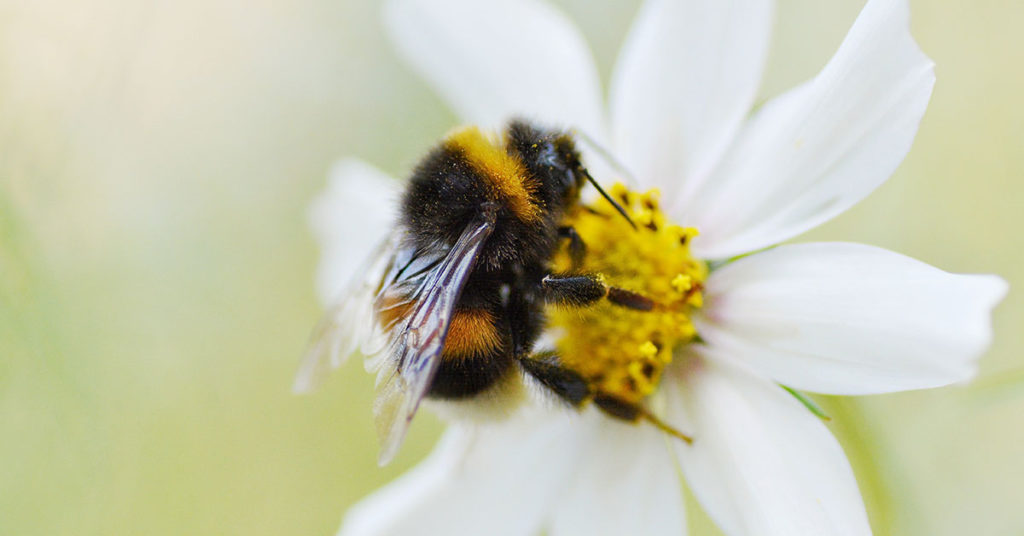
While honeybees are essential pollinators, native bees play a crucial role in pollinating many plants. Neglecting the needs of native bees can reduce the overall effectiveness of pollination in your garden. Native bees often have different habitat and nesting requirements compared to honeybees.
To support native bees, provide diverse habitats and nesting sites. Plant native flowers that cater to the specific needs of local bee species. Avoid using broad-spectrum pesticides that can harm native bees. Creating a garden that supports both honeybees and native bees ensures robust pollination and a healthier ecosystem.
By avoiding these common mistakes, you can create a garden that supports and attracts a diverse range of pollinators. Each of these tips helps ensure your garden remains a thriving, pollinator-friendly environment.


